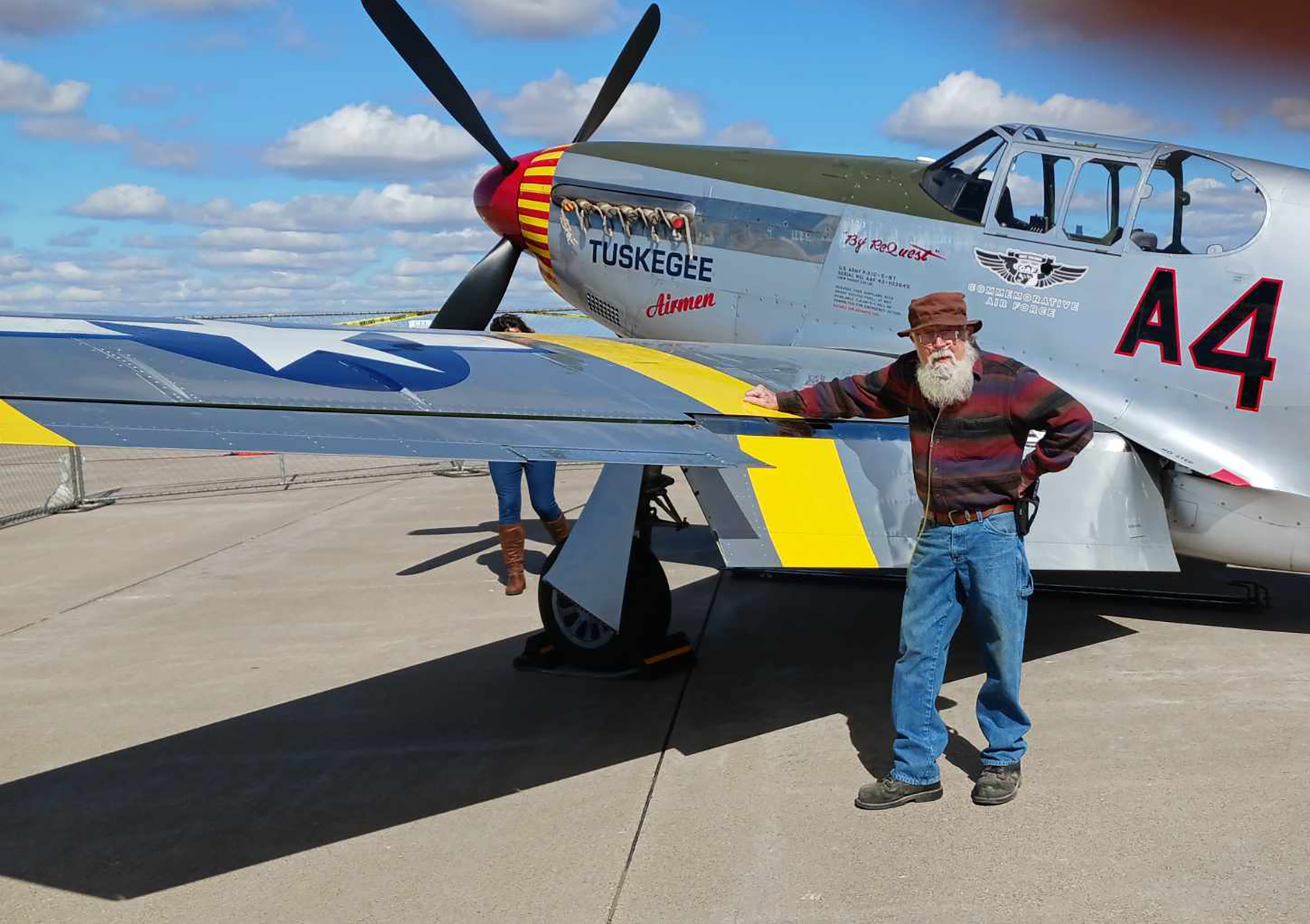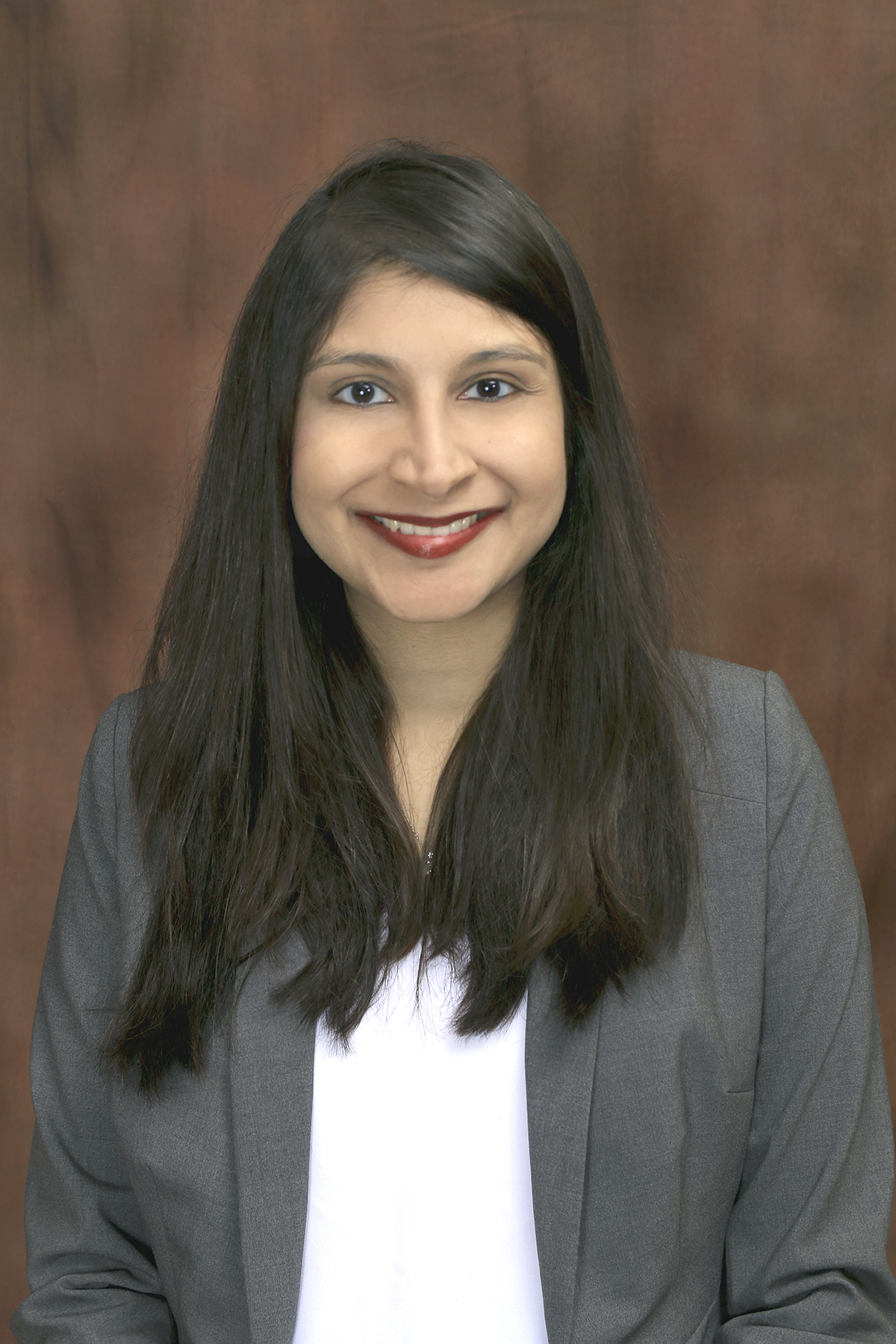Robin Carel’s lungs have gone through a lot over 70 years - including nearly 40 years of smoking and a career in the construction industry.

About the photo: Robin is a World War II aircraft fan. In the photo he is standing next to a P51-C Mustang Red Tail.
“When we tore down a building we dealt with drywall and plaster dust. No one told us, ‘You better use a respirator,’” the 70-year-old Hamilton, Illinois, resident said.
In 2019, the years of cigarette smoke and construction dust caught up with Robin. He was diagnosed with Chronic Obstructive Pulmonary Disease (COPD). COPD is irreversible inflammation of the lungs that makes it hard to breathe. It's typically caused by long-term exposure to irritating gases or microscopic particles. COPD can contribute to heart disease and lung cancer.
“There are things you used to do – like working in the yard - that now you cannot do,” Robin says of living with COPD. “There are good days and bad days.”
A bad day could involve a flare-up. That’s a sudden worsening of COPD symptoms.
“It’s like you’re in a vise or a ratchet strap,” Robin stated. “It’s just clamping you down. You can’t move. You can’t function. You can hardly talk. I’ve had flare-ups that last a day. I‘ve had flare-ups that last a week.”
Condition gets worse and Robin responds
In 2022, Robin developed a lung infection that lasted three months, causing him to need to use oxygen daily and to make some changes in his life.
The first change: He quit smoking the day the infection hit him.
“I threw my cigarettes out and never looked back. That’s how hard it was to quit smoking. I just quit.”
The other change Robin made was to ask about information he saw in a Blessing waiting room while being treated for his lung infection. The information was about Bronchoscopic Lung Volume Reduction surgery – known as BLVR - performed by Blessing Health board certified and fellowship trained pulmonologist, Dr. Umama Adil.
BLVR is a minimally invasive option to the incisions and cutting required with traditional lung volume reduction surgery in the treatment of COPD symptoms.
For patients who qualify, based on their anatomy and level of breathing difficulty, BLVR surgery places one-way valves in the diseased parts of the lung, allowing the healthier parts of the lung to function better. The valves are placed using a surgical tool called a bronchoscope, usually inserted through the nose or mouth. The procedure typically takes under an hour.
COPD cannot be cured, but its life-limiting and life-threatening symptoms can be reduced with BLVR.
“BLVR can significantly improve breathing and quality of life for most patients who suffer with a high level of air trapped in their lungs due to COPD,” said Dr. Adil. “For these patients the procedure is now the recognized gold standard of care for COPD.”
Robin qualified for BLVR and received five valves in his left lung.
BLVR turns back the years a bit for Robin
“I can breathe a lot better. I am not up to where I used to be, but I can breathe better and do not rely on oxygen as much. I do pulmonary therapy three times a week, using a treadmill and an exercise bike, and I have hobbies. I stay active.”
Key to understanding how BLVR improved Robin’s life is to understand his spirometer readings. A spirometer is a device into which people blow to measure how well their lungs are functioning - how much air is inhaled, how much is exhaled and how quickly. The higher the number a patient can reach on the spirometer the better their lungs are working.
“I started out at 500. That is as high as I could do. Now I am at 2,250,” Robin said.
That’s a 350% increase in how efficient Robin’s lungs are working thanks to BLVR and his commitment to pulmonary rehabilitation.
Robin looks forward to July 2024, when he plans to undergo BLVR in his right lung with Dr. Adil.
“I am not going to lose this battle,” he said of living with COPD. “I’ve got too many things to do. I’ve got a Bucket List.”
“She is very good at what she does,” Robin concluded about his Blessing Health provider.” Dr. Adil is a pioneer in things to come for people who have lung diseases.”
For more information on BLVR, go to https://www.blessinghealth.org/blvr
